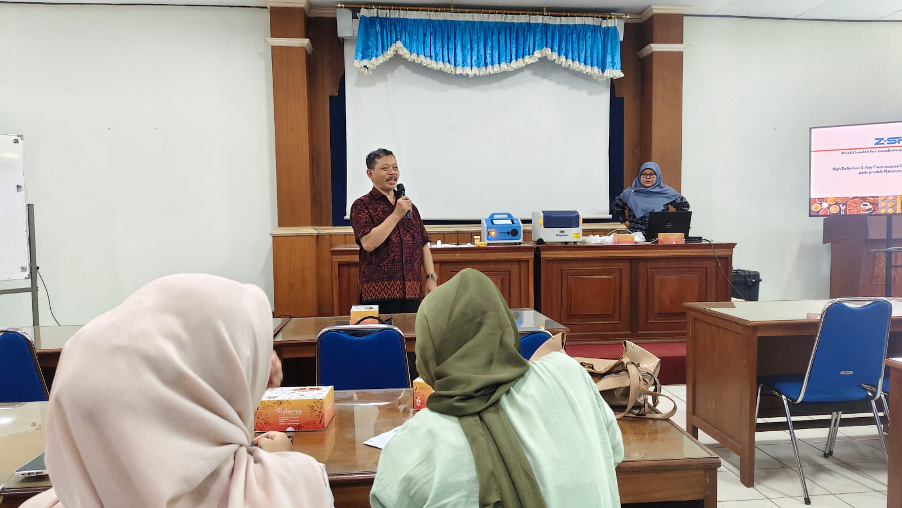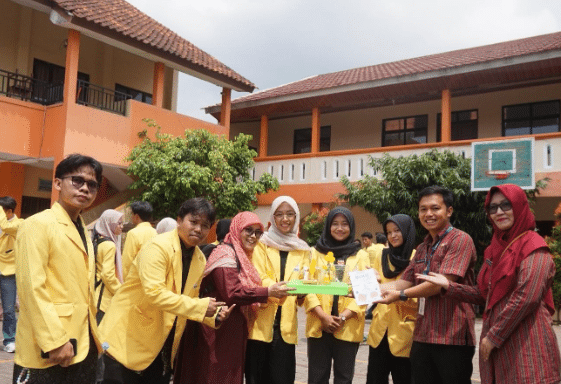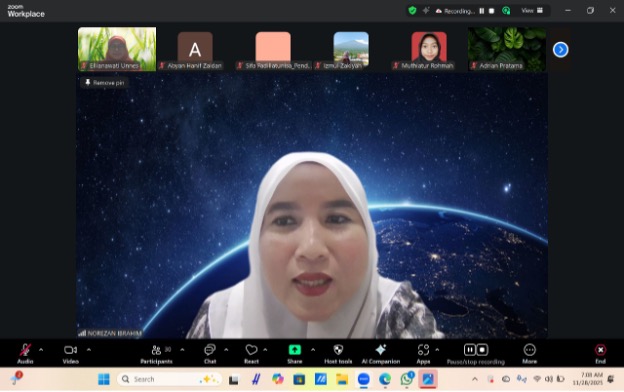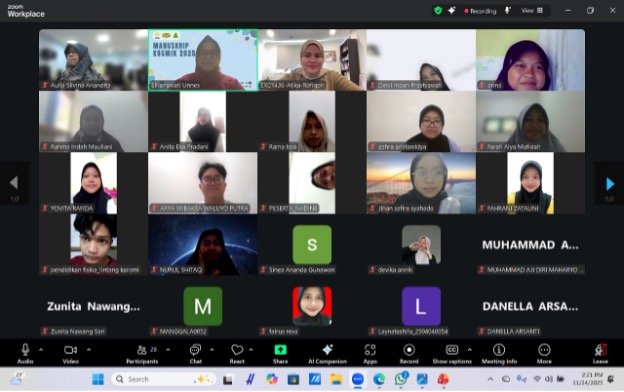Semarang, November 6, 2024 – The Integrated Laboratory of the Faculty of Mathematics and Natural Sciences, Semarang State University (FMIPA UNNES) held a training and demonstration of the Z-Spec brand X-Ray Fluorescence (XRF) tool, a sophisticated device for sub part per million (sub PPM) element analysis. This activity, which took place in the Hall of Building D7, 3rd floor, FMIPA UNNES, was opened by Dr. Sigit Priyatmoko, M.Sc., who also acts as the Head of the Integrated Laboratory of FMIPA UNNES.
This training presented two main speakers who are experienced in the field of XRF and elemental analysis technology: Susilawati, S.T., Product Support from PT PANTHERINA, Bekasi, and Nafil Nur Azizah, S.T., Sales Engineer. On that occasion, the speakers presented a presentation entitled “High Definition X-Ray Fluorescent (HD XRF) for Sub PPM Elemental Analysis in Food, Agricultural, and Soil Products”.
X-Ray Fluorescence (XRF) is a material analysis technique that uses X-rays to identify and measure the concentration of elements or chemical elements in a sample. In the XRF technique, X-rays are fired at the surface of the sample, causing the atoms in it to emit light or “fluorescence” at certain wavelengths. Each element has a unique wavelength, so the intensity of this light can be used to identify the elements and their concentrations in the sample. The advantages of XRF are that it is fast, easy and inexpensive preparation, does not damage samples, and can be used on various types of materials such as liquids, solids, and powders.
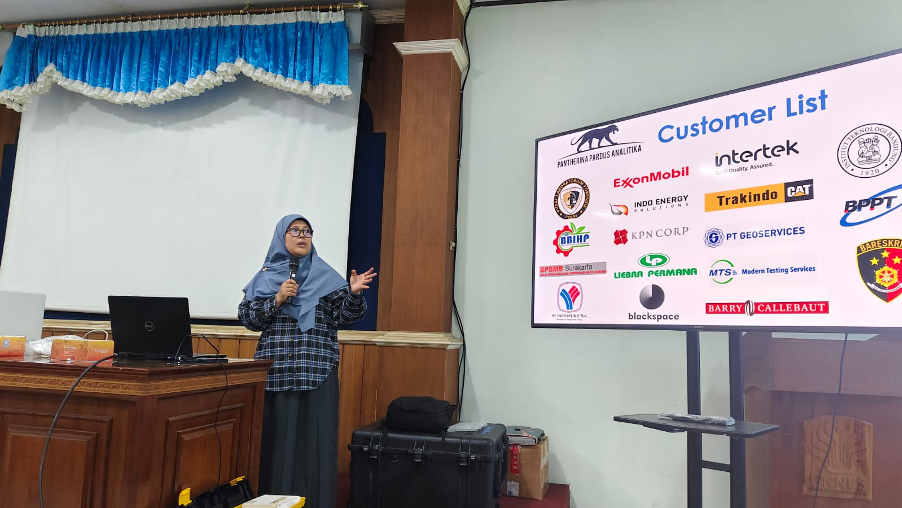
The Z-Spec XRF tool that was demonstrated is one of America’s leading products, and is equipped with technology support from vendors Z-Spec and Rigaku, United States. With HD XRF technology, this tool is able to provide element detection capabilities with very high sensitivity, suitable for various material analysis applications in the food, agricultural products, and soil research sectors.
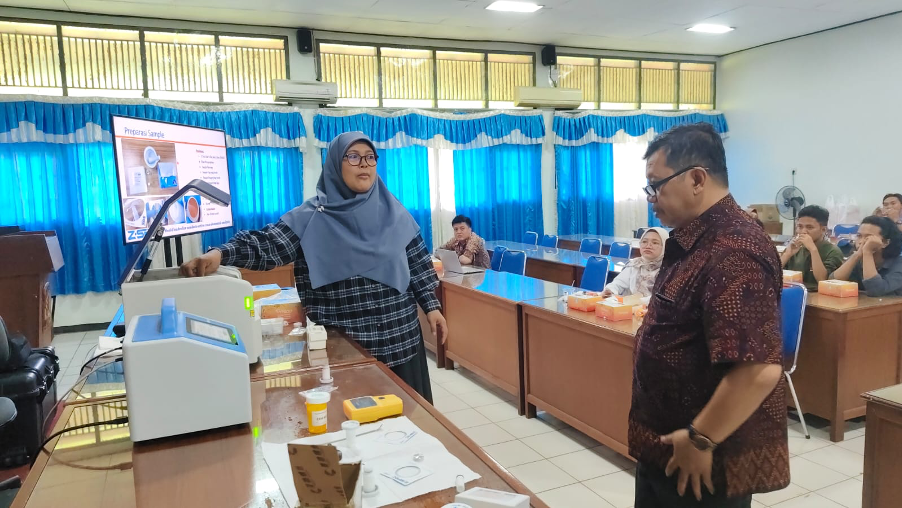
In this training, Susilawati, S.T. explained in detail the technical specifications and basic operation of the Z-Spec XRF tool. She showed how to use the tool to detect elements down to sub PPM levels with high accuracy.
Dr. Sigit Priyatmoko, M.Sc. in his speech said that this training is an important step for the UNNES FMIPA Integrated Laboratory to strengthen the competence of students and researchers in modern analysis technology. “We hope that this training can increase insight and improve skills in XRF-based analysis,” he said.
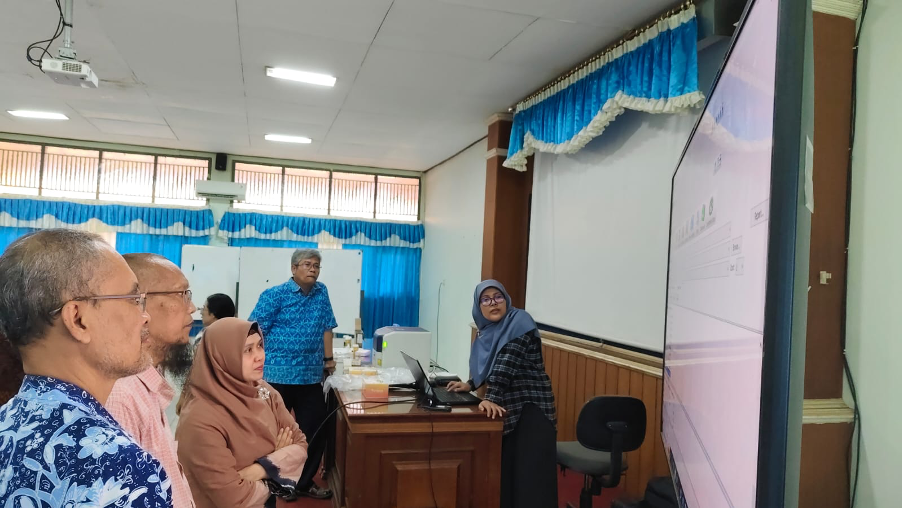
This activity was attended by 22 participants consisting of lecturers, students, and laboratory technicians from various study programs at FMIPA UNNES, who seemed enthusiastic in participating in the question and answer session and direct practice using the XRF Z-Spec tool. With this training, it is hoped that the ability to analyze material characteristics at FMIPA UNNES will be increasingly superior and ready to compete at national and international levels.


